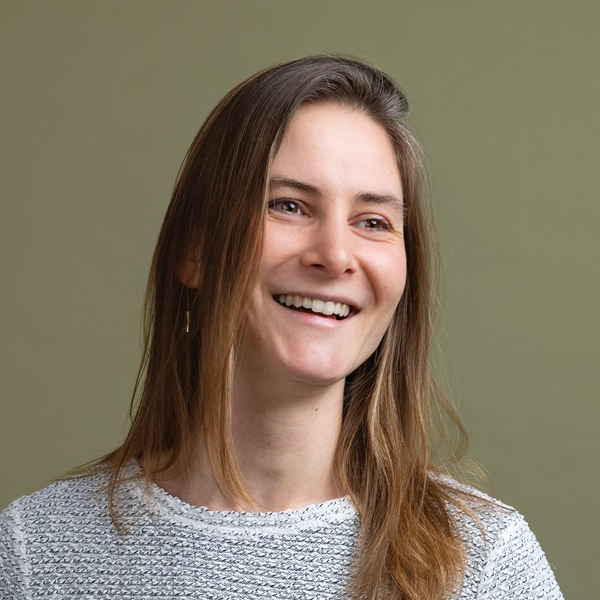Cyntha Nijmeijer
Employee portrait

Cyntha Nijmeijer
‘By visiting projects abroad, I understand the world better’
As an adviser on environmental and social impact assessments and social cost-benefit analyses, Cyntha Nijmeijer looks at the bigger picture. Raising a dyke in Semarang, a city in Indonesia home to millions of people, will provide better water security, but what effect will it have on people and nature in the surrounding area?
A broader view
‘I’ve had a broad range of interests ever since I was a kid. Economics, technical subjects, social studies: I liked everything. When searching for a suitable course of study, I stumbled upon a degree called Systems Engineering, Policy Analysis and Management. It concerned the social side of technical projects. That was perfect. As a consultant at Witteveen+Bos, I’m interested in the wider effects of our projects. The plans we make, for example, contribute to water security, (drinking) water supplies, and accessibility, but what impact do they have on people and nature in the surrounding area? We need to know the answer to that question in order to make informed design choices.’
Weighing up costs and benefits
‘On many projects, it’s mandatory to conduct an environmental impact assessment. There’s also the social cost-benefit analysis (SCBA). In an SCBA, every effect on well-being is given a value, which provides very clear decision-making information. If, for example, option A for a plan passes through a forest and option B goes around it, which is better? By not only looking at construction costs but also, for example, the forest’s value in terms of carbon sequestration, you can make better comparisons. It’s similar to the ‘true pricing’ principle, which gets mentioned a lot nowadays. I believe in this approach. But it can lead to debate. After all, the value you attach to a forest’s carbon sequestration is always debatable.’

A sinking city
‘In my six years at Witteveen+Bos, I’ve been to Bonaire, Ghana and Indonesia. In Semarang, a city in Indonesia home to millions of people, we’re working on a project to improve water security. Just like in Jakarta, the ground in Semarang is subsiding and extreme rainfall occurs, which often lead to the city being flooded. That’s why, among other options, raising a dyke is being considered. But that raised dyke will also have an effect on people and the environment. The restaurant owners on the beach behind the dyke, for example. Will those restaurants still be easily accessible? Can we adjust the design to ensure they are? And if not, how can the owners be compensated? This is what we’re looking at in the environmental and social impact assessment.
Projects outside the Netherlands are fun and challenging. It’s inspiring to visit countries in a project context. Seeing the situation firsthand, experiencing the culture, and speaking to the people involved is essential for making a proper assessment. It also helps me, as a professional, to understand the world better.’
More information?
